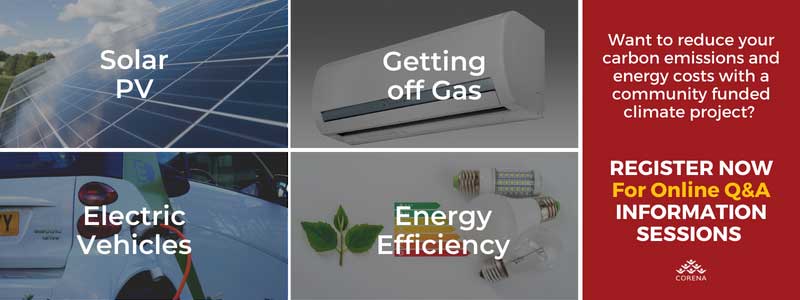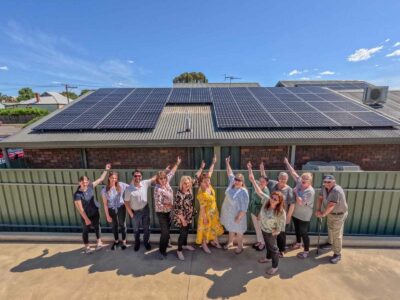Like many, your not for profit, charity, community organisation or social enterprise is probably looking for ways to reduce carbon emissions as well as energy costs. We have put together this mini guide outlining how CORENA can assist organisations like yours with decarbonisation initiatives, energy efficiency, and renewable energy projects.
Funding To Reduce Carbon Emissions & Energy Costs
We provide interest-free loans to non profits to fund solar panels, induction stovetops, heat pumps, electric vehicles and energy efficiency swaps. Read on for a brief description of what each of them are, how they work, cost-saving features, as well as climate/environmental benefits.
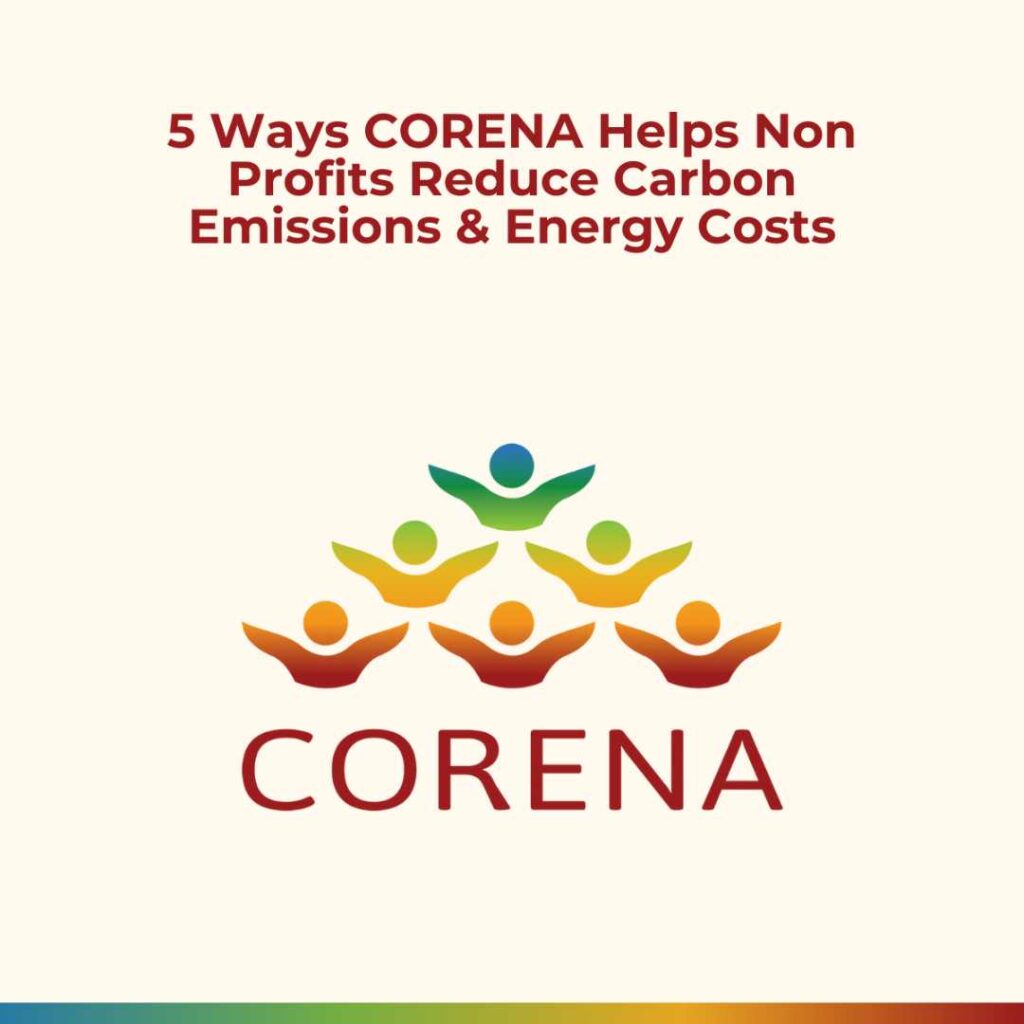
Let’s start with the one that is currently the most commonly known and utilised.
1. Solar Panels
A solar panel is sometimes called a solar cell panel, a solar electric panel, or a photovoltaic module. It is a collection of photovoltaic cells mounted in a structure or frame. Solar panels use sunlight to produce direct current (DC) electricity.
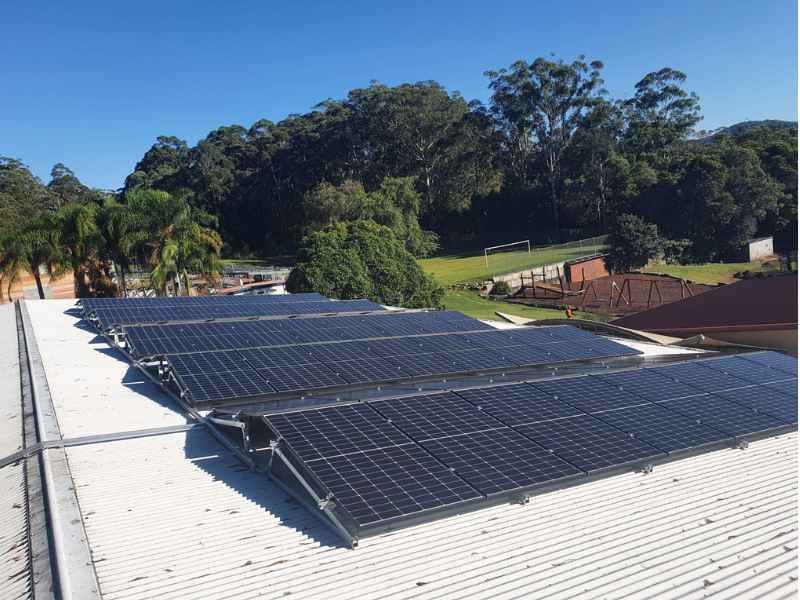
How Solar Panels Work
As the name suggests, solar energy uses the sun as its source. Solar panels convert sunlight, comprised of photons, which are infinitesimal energy particles into electricity called direct current (DC).
However, most appliances run off alternating current, known as AC. Solar panels get around this with an inverter, a feature that changes DC to AC. Once converted, the current can then be used to power lights and appliances.
Some solar panel installations produce much more electricity than required to power the building they are mounted on. This surplus can then be exported to the national grid to help meet the energy demands of others using the grid.
Solar Panels Benefits
Better for the environment
Solar panels themselves produce no greenhouse gases and help to reduce demand for fossil fuels such as coal and gas. They are very efficient producers of power and with advancements in technology, are expected to improve even more so in the future. While they do require energy to manufacture, a solar panel’s average energy payback time in Australia varies from 1.7 years for Darwin or Perth to 2.3 years in Hobart.
Reduced energy costs
Although there is an upfront cost in installing a solar panel system, the overall savings over time can make the initial investment pay for itself many times over. Once installed and paid for, solar panels keep producing energy that is virtually free. Not for profits that operate during the day are in a particularly good position to save money as they are able to self-consume their solar power. CORENA’s solar panel projects typically pay for themselves in 3-6 years and deliver excellent financial returns over their lifetime.
Low maintenance
One of the best features of solar panels is that they need very little maintenance. Usually, panels are on an angle and get cleaned whenever it rains. The main maintenance cost is an electrical inspection conducted by a Clean Energy Council accredited installer every 5 years (or less if required by your network provider).
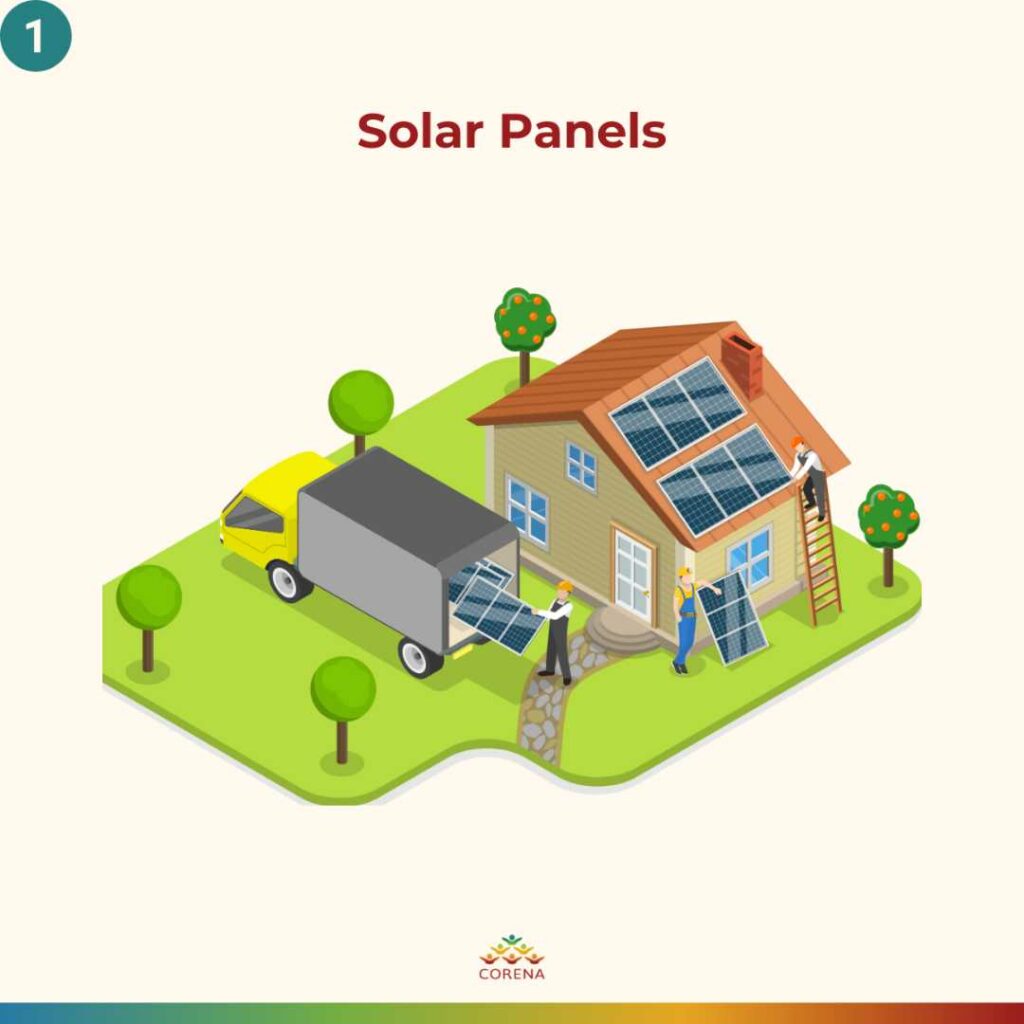
Learn more in Solar Panels – A Guide For Non Profits
2. Induction Stovetops
An induction stovetop uses magnetic fields to heat pots and pans instead of a flame with a gas stove or on an element with an electric stove.
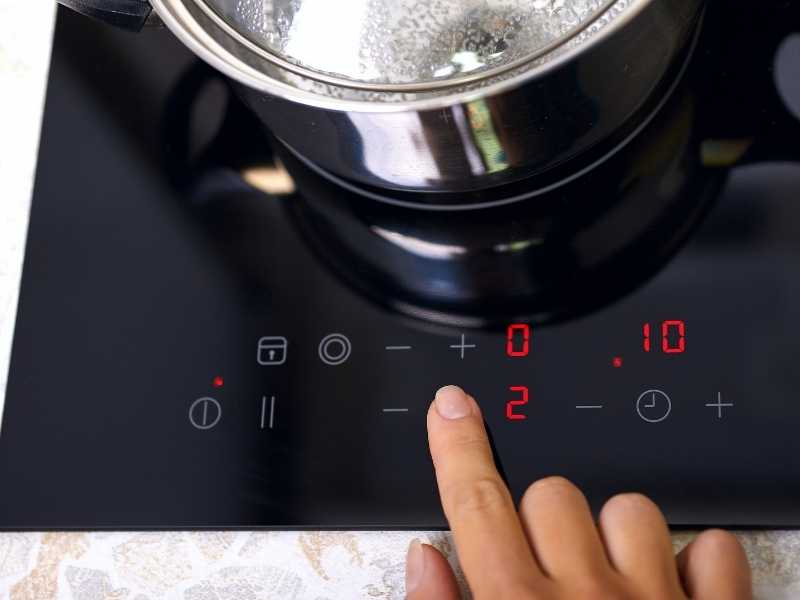
How Induction Stovetops Work
Induction stovetops require “ferrous” pots and pans in order to function. This means they need to be made of iron or steel, not aluminium or glass. When a suitable cooking pot is placed directly on top of an induction stovetop, the magnetic field produced by the device penetrates the metal of the pot. The effect produced is like a gyrating electric current which then causes the metal to directly heat up the food.
Time & Energy Savings
Induction stovetops cook food much more quickly than other methods and are much more energy-efficient than either normal electric or gas because very little heat is lost. With both gas and electric stovetops, much energy is lost to the air that surrounds pots and pans. With an induction stovetop, only the cookware heats, which results in both energy and cost savings. As a bonus, if no pot or other cookware is in direct contact with the stovetop, then the device turns off automatically.
Non profits with a commercial kitchen may wish to trial this technology especially if they use their kitchen primarily during the day and have solar panels.

Learn more in Induction Stovetops Guide For Non Profits
3. Heat Pump Hot Water & Air Conditioning
Did you know that both hot water heating and space heating and cooling typically make up the majority of a building’s energy use? You might not know much about them, but heat pumps are super efficient electric appliances. When your current hot water system or air conditioner fails, consider replacing them with a heat pump!
How Heat Pumps Work
Heat pumps facilitate the transfer of thermal energy from one space to another using a small amount of electricity and a refrigerant. This uses much less electricity than other types of electric appliances such as resistive hot water systems or heaters which rely on coils of wires heating up as electricity passes through them.
Heat pumps are a proven technology for all sorts of applications, including fridges, hot water systems, and reverse cycle air conditioners.
Heat Pump Benefits
Heat pumps use electricity, while most other non-electric heaters use gas. Even though getting off gas increases electricity consumption, using heat pumps still benefits the planet as electricity is a cleaner and cheaper source of energy than fossil fuels – especially if it comes from your own solar panels!
If you do have to use some grid electricity, the current rapid adoption of renewables means that emissions from electricity in the grid are quickly falling, swapping to an electric appliance will reduce emissions in the long run.
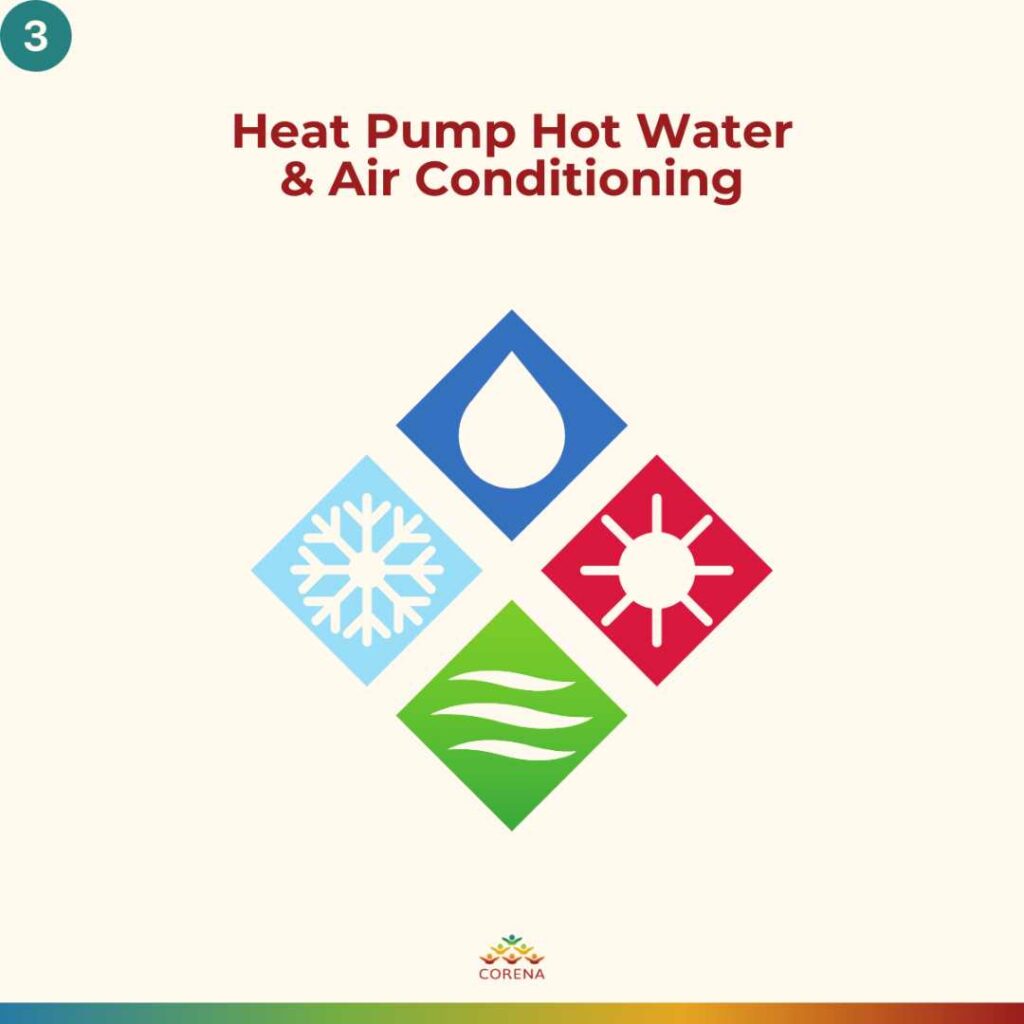
Learn more in Heat Pumps Guide For Non Profits & Green & Energy Efficient Water Heating Guide
4. Electric Vehicles
A plug in electric vehicle runs entirely on electricity which provides a number of benefits when compared to a typical petrol or diesel powered vehicle. Due to ever-increasing fuel costs and environmental concerns, electric vehicles are booming in popularity.
How Electric Vehicles Work
In appearance, petrol/diesel (also known as ‘ICE’, which stands for internal combustion engine) and electric cars are similar. However, their engines are totally different.
In an electric vehicle, energy is provided by a rechargeable battery connected directly to the electric motor.
Lower Operating Costs
Although currently, an EV is more expensive than an ICE vehicle, this is rapidly changing, and as soon as 2027, the upfront cost of an EV is forecast to become cheaper than an ICE equivalent.
Upfront costs are only part of the Total Cost of Ownership of a vehicle. Over the full life of a car, the cost of the fuel or electricity used to power it and other costs, such as maintenance, repair, and depreciation are the major costs, which may greatly exceed the upfront vehicle price. The good news about EVs in this respect is that they are much cheaper to run and maintain.
For the same distance driven, EVs are far cheaper to charge than ICE cars are to fill up with petrol or diesel.
Maintenance is another very important consideration, EVs have much cheaper maintenance and service needs and costs. The cost of maintenance gets more as a vehicle ages, the more you drive an EV the greater the saving.
EVs are much simpler machines than ICE vehicles. They have far fewer moving parts. Simply, this implies less wear and tear and far less servicing and maintenance cost.
Plus, there is no need for ICE essentials such as spark plugs, radiators, valves, fuel tanks, exhaust systems, drive belts, clutches, hoses, etc….
Over its lifetime, service and maintenance cost savings of an EV are on average 10% to 30% less than an ICE.
Fewer Emissions
Sometimes electric vehicles are referred to as zero-emissions transport as they produce no carbon dioxide emissions when driven.
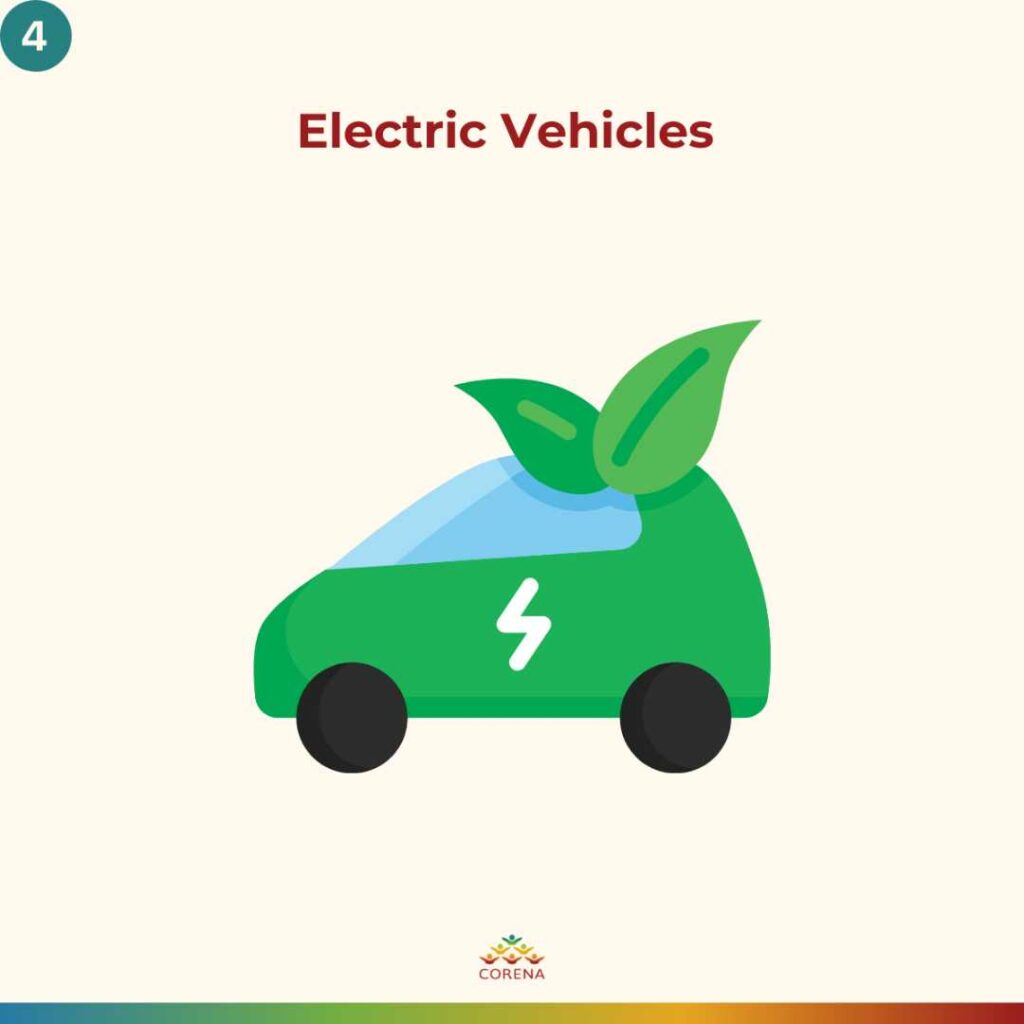
Learn more in Electric Vehicles Guide for Not For Profits
5. Energy Efficiency
Having got this far, you may now be considering an energy overhaul of your entire organisation. If this is the case, a good place to start is by conducting an energy audit across all areas of your operation. An energy audit will ensure your premises is as energy efficient as possible and identify where the use of solar panels, induction stovetops, heat pumps, and EVs may benefit both your organisation and the planet. CORENA can also assist your organisation evaluate its energy use and identify opportunities to help save on costs as well as reduce carbon emissions.
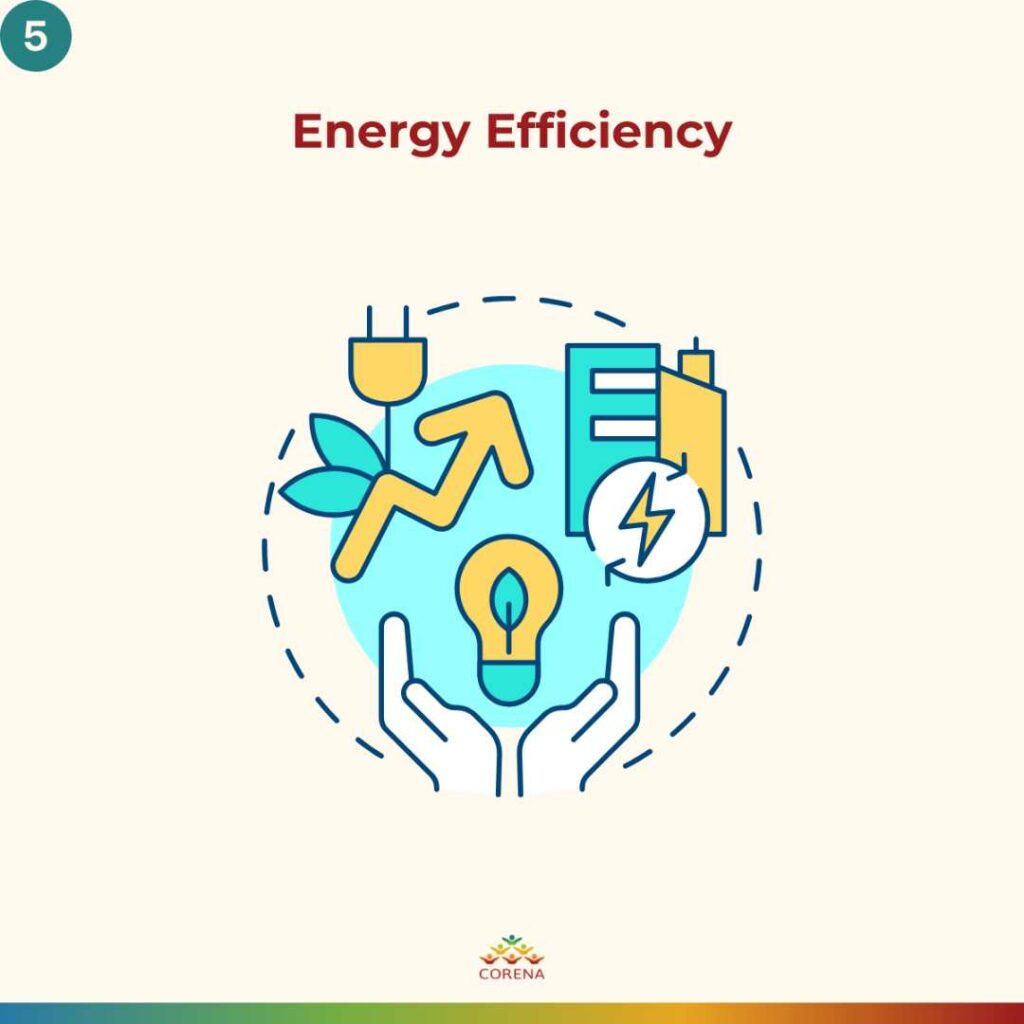
Learn more in Energy Efficiency Audit Guide For Non Profits
Interest Free Loans For Solar, Electric Vehicles & Energy Efficiency To Help Reduce Carbon Emissions & Costs
CORENA works with a wide range of non profits, charities, social enterprises and community organisations, and provides zero-interest loans to fund projects that reduce carbon emissions and energy costs. If approved for funding, you will not pay any interest on a CORENA loan, and the quarterly loan repayments are set to be a little less than the savings on your operating costs averaged over a year. This means you are never out of pocket and after your loan is fully repaid you reap the full financial benefit of having lower operating costs.
To learn more, check out how to apply for a loan, or register for one of our upcoming Online Q&A Information Sessions.
